Storyville was once the center of gambling, jazz, and legalized prostitution in New Orleans. More than a century ago, this neighborhood became one of the most infamous red light districts in America, known for its opulent brothels, saloons, and music halls.
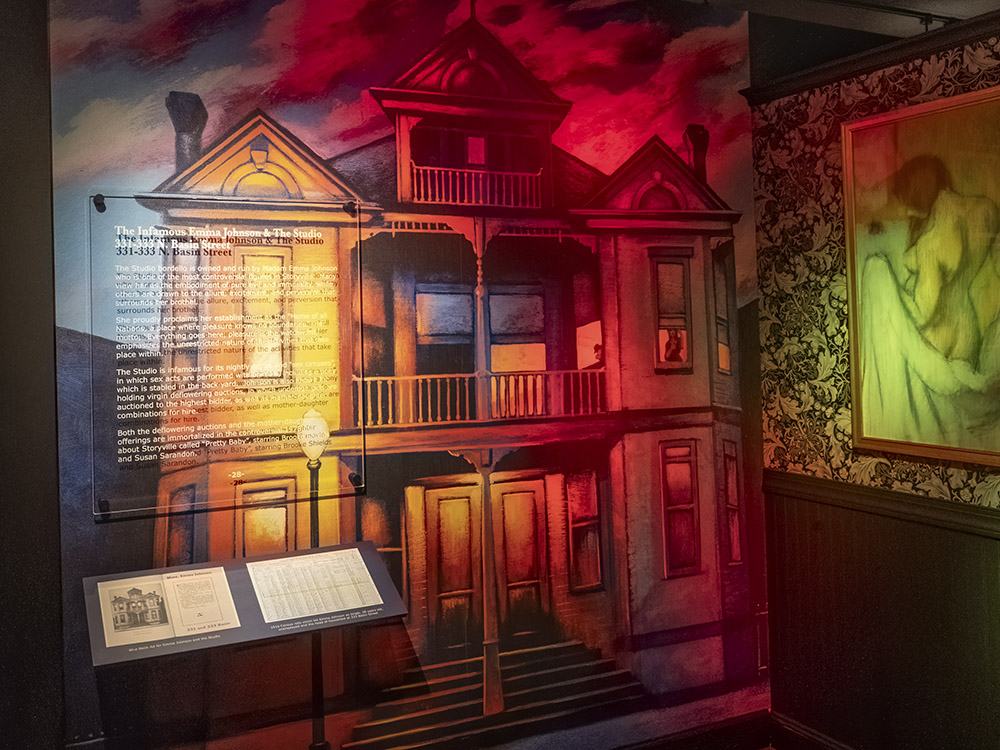
new museum highlights red light district
Today, a new museum dedicated to its history has opened in the French Quarter, offering visitors a deep dive into this extraordinary chapter of the city’s past. “Storyville was the largest red-light district in America, ever,” explains Claus Sadlier, founder of the Storyville Museum, which opened in 2024. Sadlier, a New Orleans resident, spent years researching the city’s history, collecting artifacts, and curating exhibits that bring Storyville back to life. Located just two blocks from where the original district once stood, the museum offers an immersive look into a world that shaped both New Orleans and American culture.
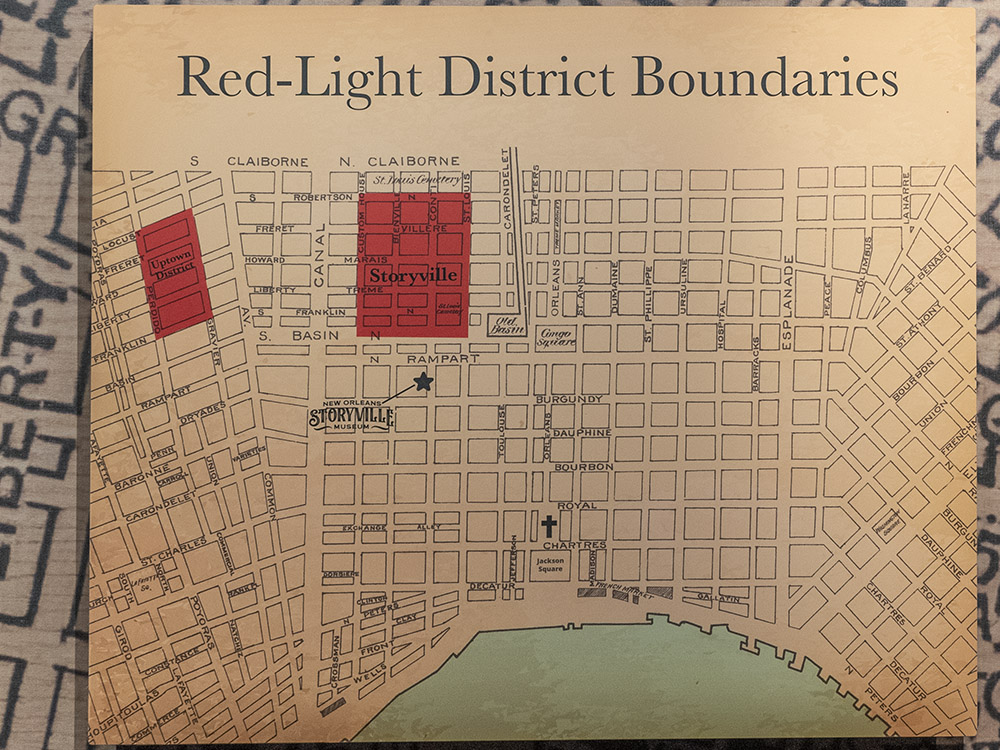
the origins of storyville
The creation of Storyville was an attempt to regulate vice in a city already steeped in it. In 1897, New Orleans passed a city ordinance that made prostitution illegal everywhere except in two designated districts. “The city council picked areas that were already kind of steeped in vice,” Sadlier explains. The larger of the two became known as Storyville, named after Sidney Story, the city councilman who spearheaded the legislation. “The press started having a field day calling it ‘Story’s Ville,’ and the name stuck,” Sadlier says.
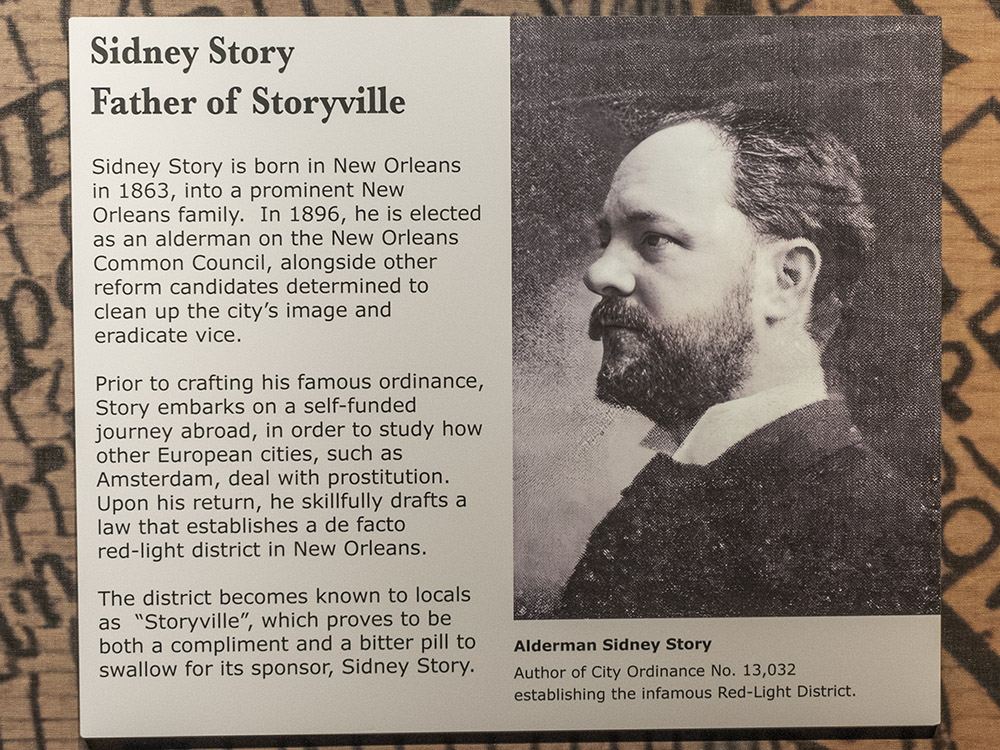
storyville museum featured on tv
The museum traces the district’s rise within the larger history of New Orleans. “It was such an amazing place in the 1800s,” Sadlier notes. “The third-largest city in America, the center for banking and shipping and commerce. We were the cultural center of the United States, the gambling center of the United States.” New Orleans quickly became a bustling hotspot for nightlife. At its peak, it had more than 500 licensed casinos, along with upscale bordellos and saloons. “When Las Vegas was probably nothing but a pile of sand, New Orleans had 500 licensed casinos,” Sadlier says.
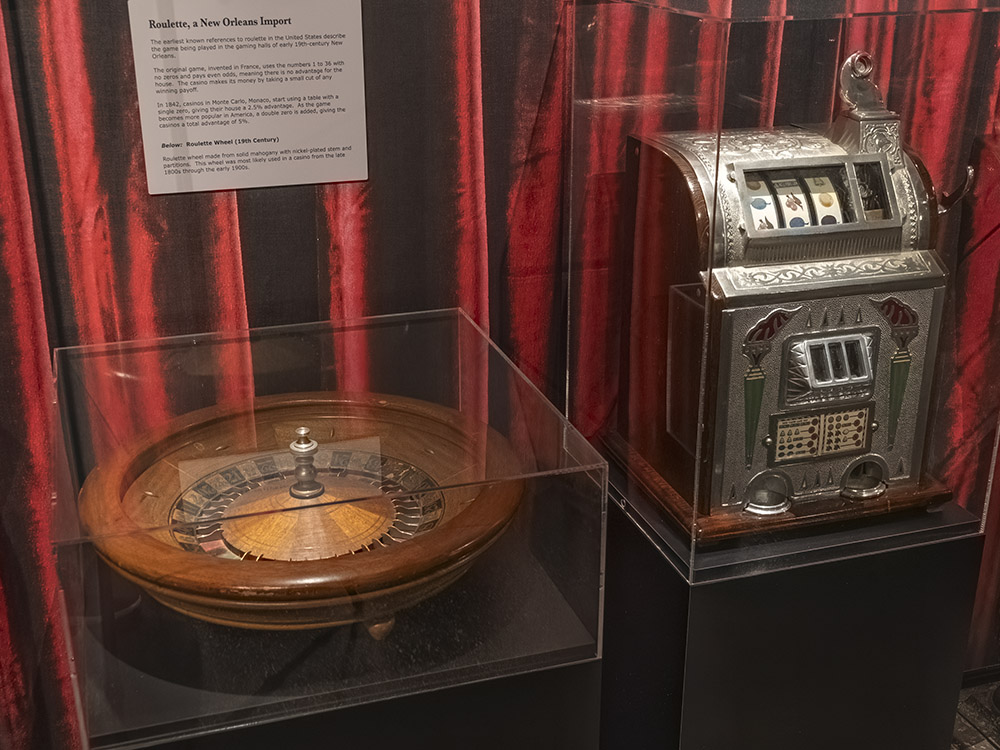
jazz, brothels and the end of an era
Beyond gambling and prostitution, Storyville played a crucial role in the development of jazz. Many early jazz musicians, including Jelly Roll Morton, performed nightly in the district’s brothels and saloons. “You had a hundred musicians working every night in Storyville really developing this new art form,” Sadlier says. One of the museum’s exhibit rooms is dedicated to the rise of jazz in the district, showcasing its impact on the music that would later sweep the world.
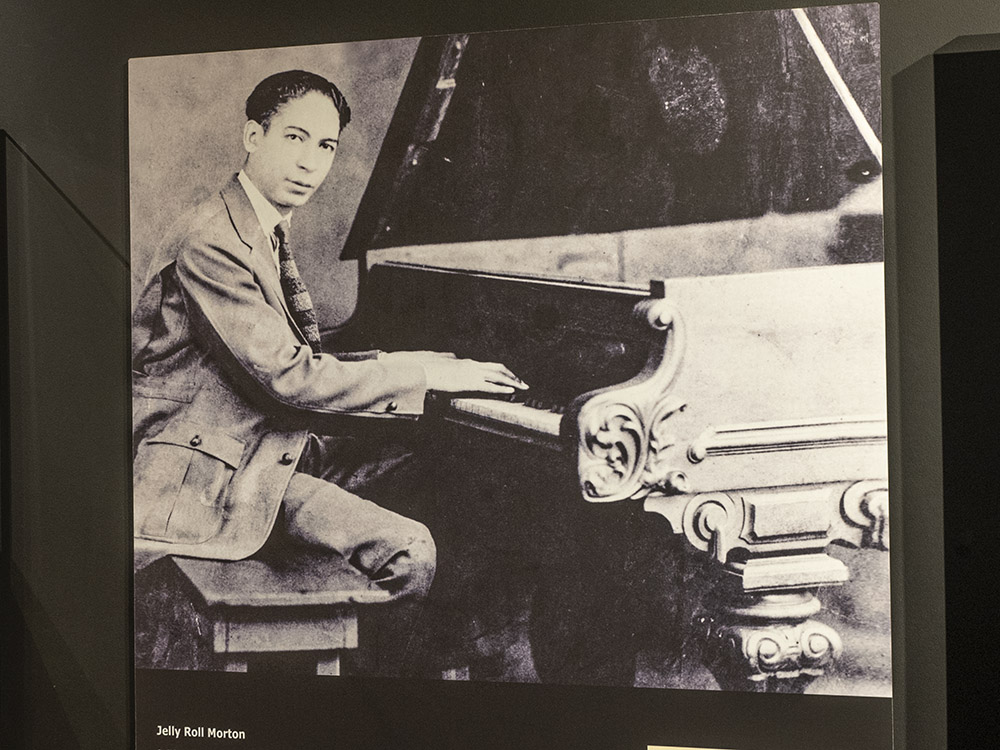
Visitors can also look inside a replica of a high-end brothel parlor, where a hologram of life-sized women welcomes guests. “This is where the men would come in, they would drink champagne, they would listen to some music, and then the ladies would come down and join them,” Sadlier explains.
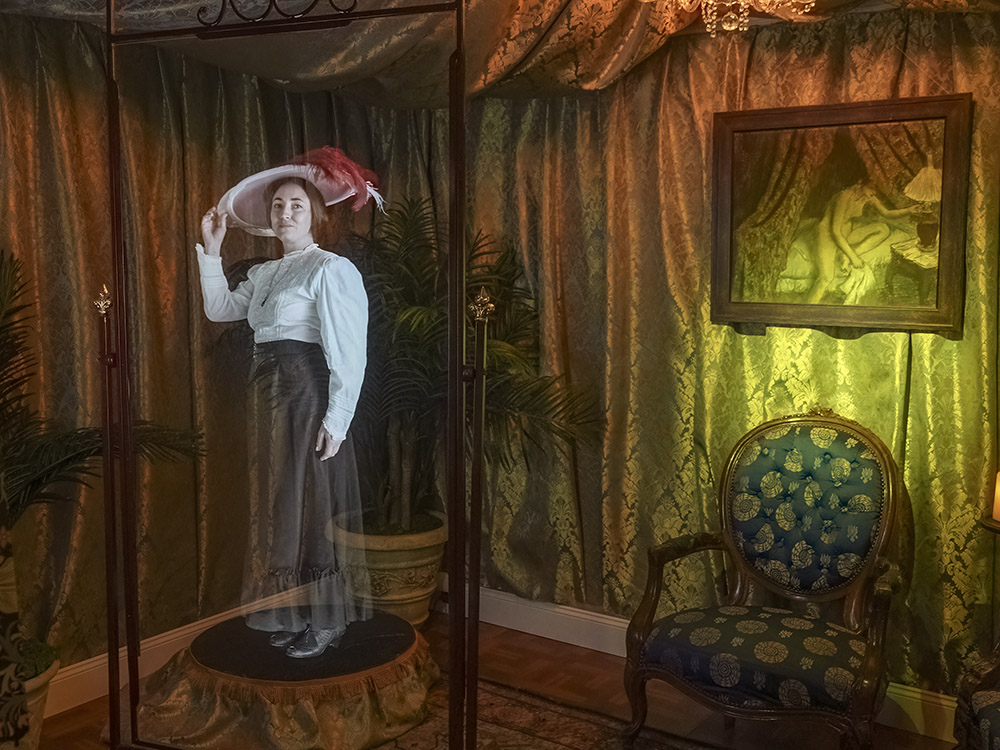
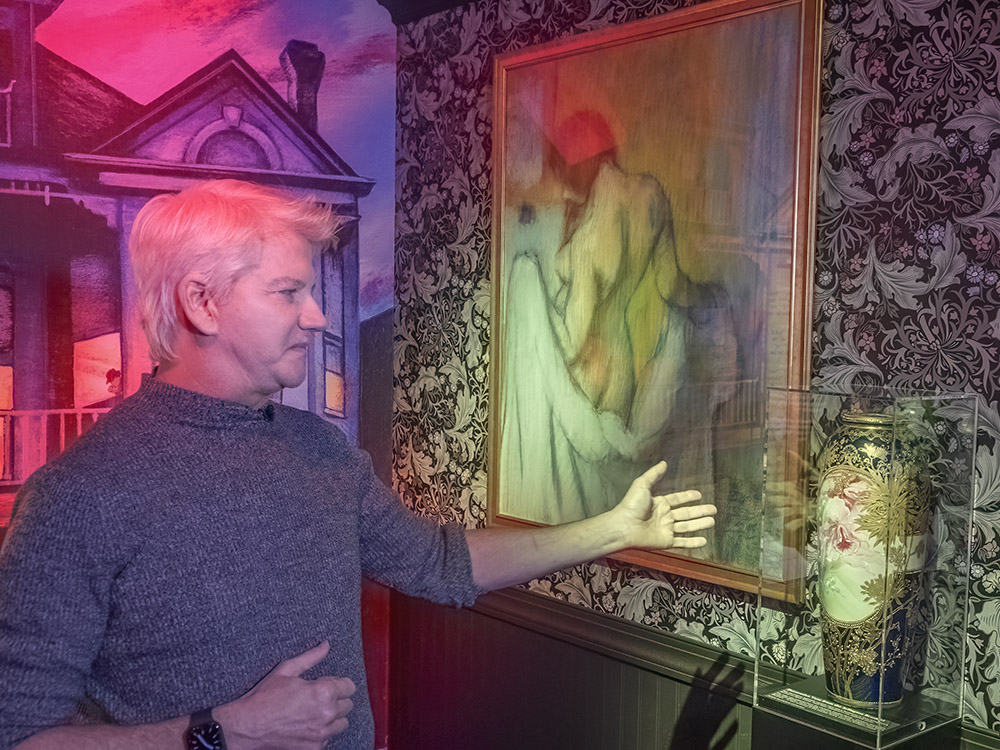
photos offer glimpse of storyville’s women
Other exhibits display arcade machines once used for peep shows, original furnishings, and photographs taken by New Orleans photographer Ernest Bellocq, whose images provide a rare glimpse into the lives of the women who worked in Storyville.
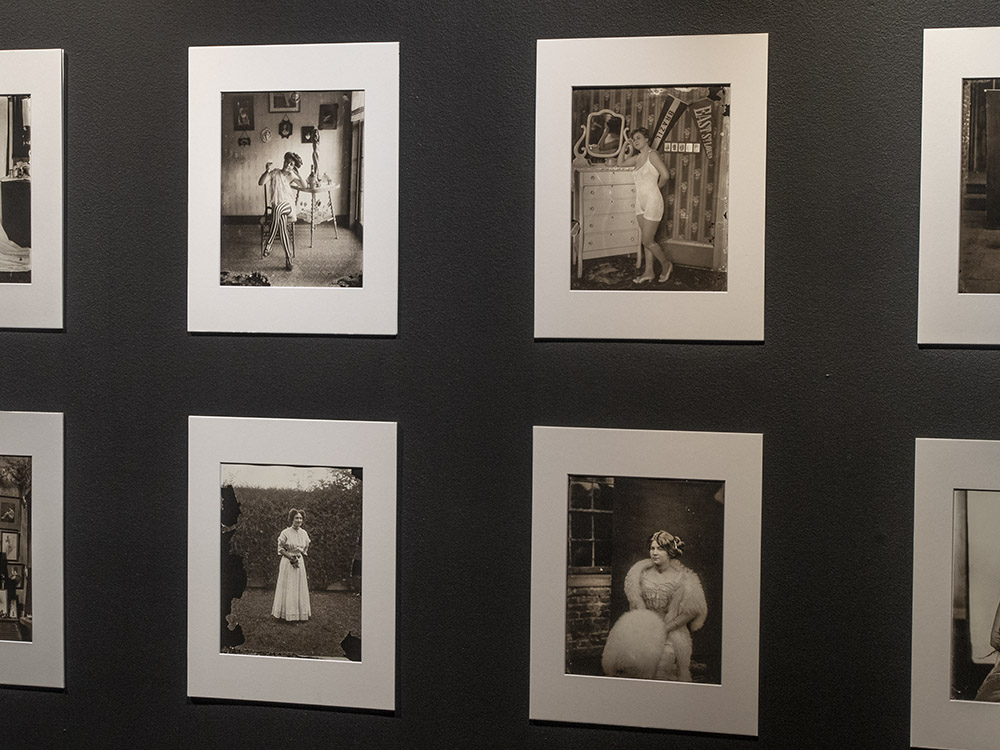
Storyville’s lifespan was relatively short, lasting twenty years. In 1917, with the United States entering World War I, the military demanded that the city shut down its brothels, fearing they would corrupt soldiers stationed nearby. A newspaper headline from the time read, “Legalized Vice Ends,” with the article stating, “The houses, which for many years have been used for immoral purposes, will no longer be used in that way.”
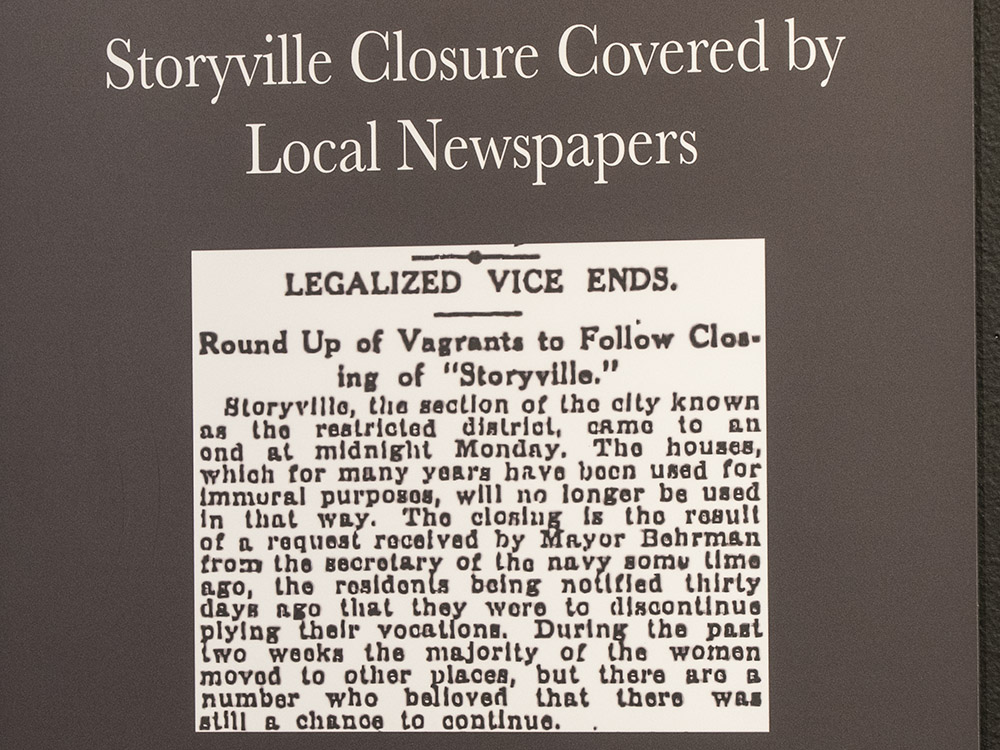
A museum for adults
For those interested in this unique piece of history, the Storyville Museum provides an engaging experience—but it’s not for children. Visitors must be at least 18 to enter. “There’s nothing here that would be visually offensive,” Sadlier explains, “but it’s obviously about prostitution.”
getting there
The Storyville Museum is located at 1010 Conti Street in New Orleans’ French Quarter. Click here for the Museum’s website for hours and ticket information. Phone: (504) 429-9366

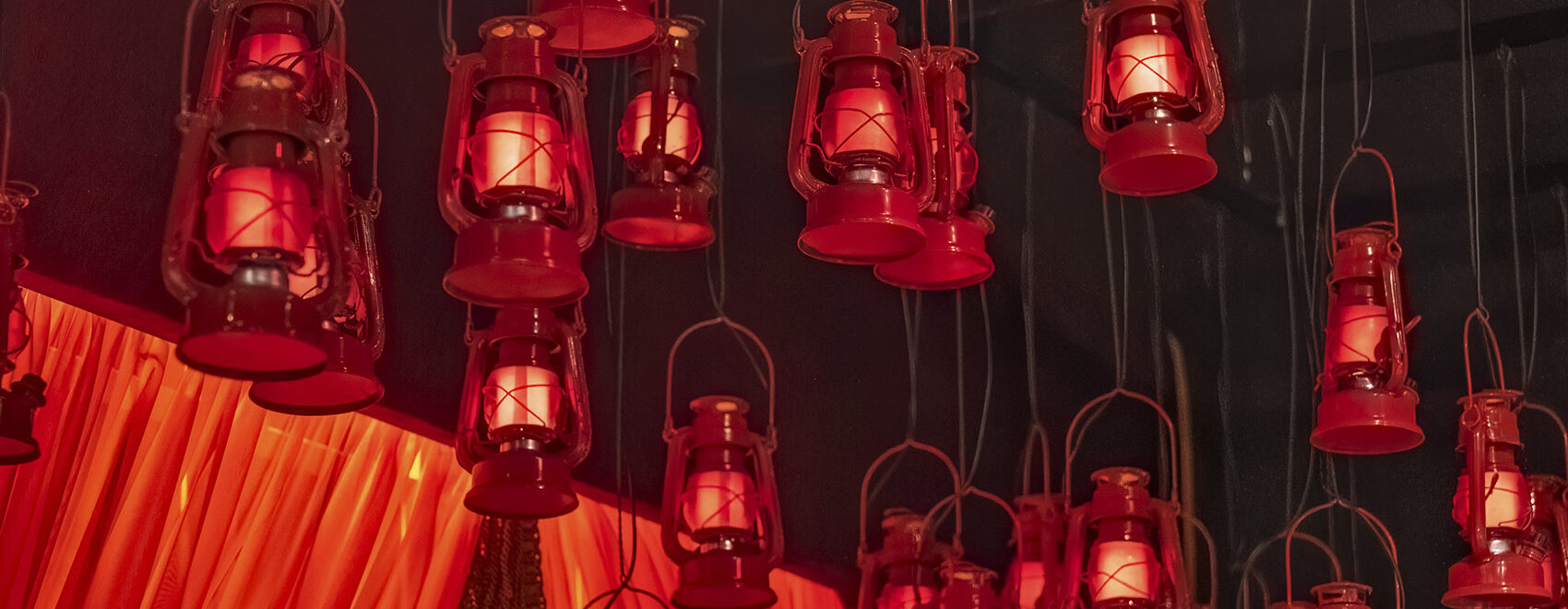
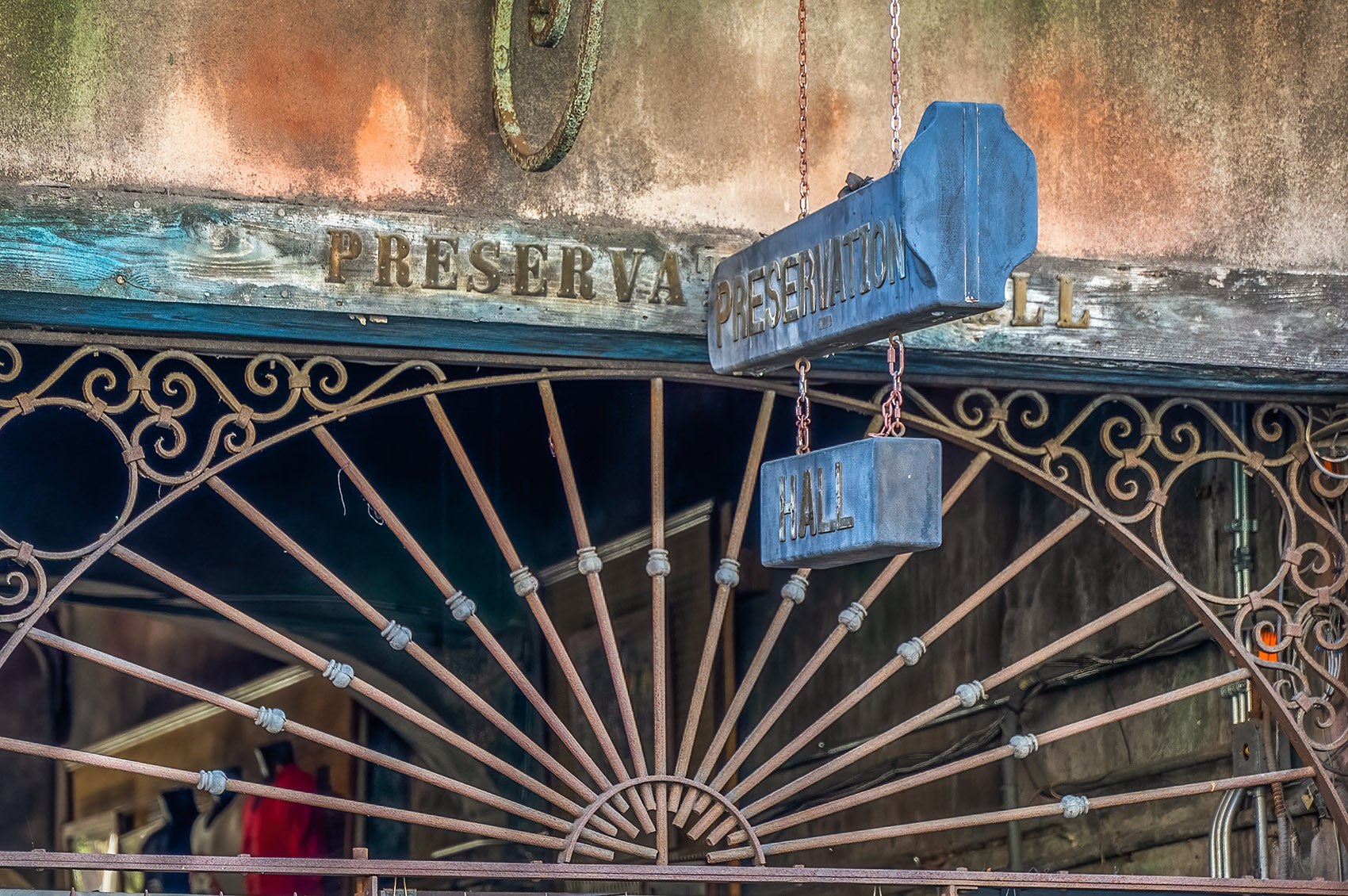


Leave a Reply